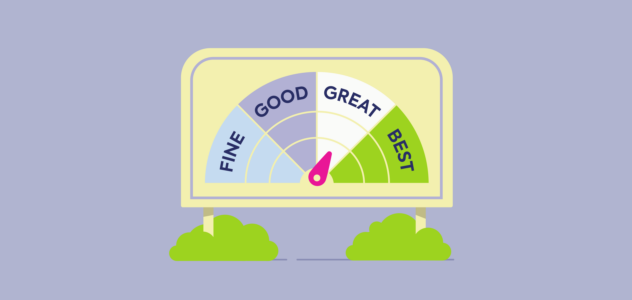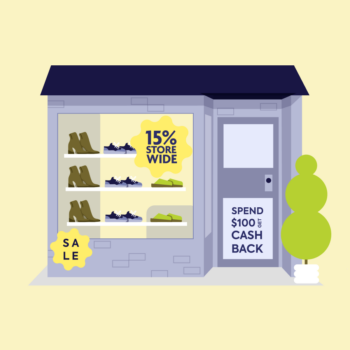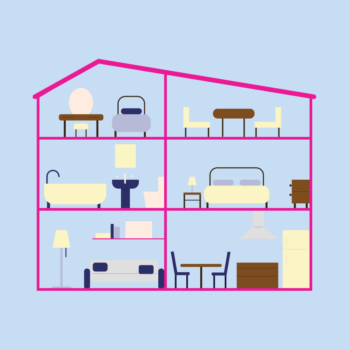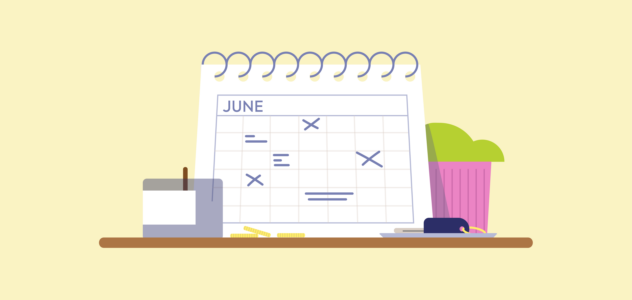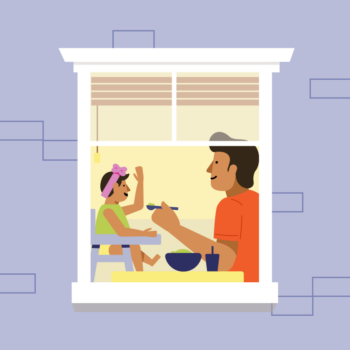As the saying goes… what goes up, must come down.
And after 13 painful rate hikes between May 2022 and November 2023, Aussie homeowners finally saw the second half of that saying kick into gear in 2025. The RBA lowered the cash rate by 0.25% in February, followed by a further 0.25% in May and in August, bringing it down to the current cash rate of 3.60%.
So, are we officially on a downward trend? And just how far will interest rates drop in 2025?
Let’s take a closer look at what’s driving interest rates, what the experts say, and how far we can expect interest rates to drop. Read on.
Seriously, how much will interest rates go down?
After experiencing a few rate cuts in 2025, it’s only natural to want more.
But if you’re wondering just how far interest rates will drop in 2025, well, nobody can really tell you for sure. However many experts, economists and the big banks are *forecasting* rates will continue to go into 2026.
While this all sounds positive, before you get too excited and spend your potential interest rate savings on flights to the Maldives – remember, these are only predictions.
Get personalised mortgage advice
Speak to a Finspo mortgage broker about your next home loan move. 100% online & free.
When will we know if interest rates are going down?
We can typically expect to hear about an interest rate cut (or rise) following an RBA board meeting.
These are the meetings scheduled for 2025 (although, these can be subject to change):
- 17–18 February (done – 0.25% cut)
- 31 March–1 April (done – no change)
- 19–20 May (done – 0.25% cut)
- 7–8 July (done – no change)
- 11–12 August (done – 0.25% cut)
- 29–30 September (done – no change)
- 3–4 November (no cut expected)
- 8–9 December (no cut expected)
Why do interest rates change, anyway?
Ok, let’s go back to the beginning and define interest rates and inflation.
- Interest rates are the price you pay to borrow money from a lender. And it’s ultimately how lenders make most of their money.
- Inflation, simply, is the increasing price of things over time.
While it would be nice to stay on the same interest rate for the life of your loan (ah, the predictability) unfortunately it doesn’t work like that. Australia’s currency and economy can change a lot throughout the life of your home loan — so interest rates need to move with the times.
Enter, one of the (many) roles of the Reserve Bank of Australia (RBA). You’ve probably heard newsreaders banging on about the RBA – Australia’s central bank and the primary decision-maker when it comes to Australia’s monetary policy. And they play a pretty big role in important stuff like the stability of our currency, employment rates and economic prosperity.
So, why are we telling you this? Because the RBA sets a thing called the overnight cash rate, which is the benchmark interest rate used for loans between the banks. A change in the RBA cash rate often trickles down to mortgage holders. Historically speaking, banks and lenders tend to change their interest rates after an RBA cash rate change (see which banks have increased their rates lately here).
So, you can begin to see why we’ve listed the RBA board meeting dates above – they can mark the start of interest rate changes and be a big deal for mortgage holders.
Let’s rewind. Why did we see so many interest rate rises between 2022 – 2023?
As it stands, we’ve experienced 13 RBA cash rate rises since May 3rd 2022 (this was the first time we had a cash rate rise since November 2010). Why exactly?
Ok, you’re probably tired of hearing the c-word (ahem, COVID-19). But many of these rate rises have been put down to the aftermath of the pandemic.
At the onset of the COVID-19 pandemic, we saw the RBA lower the official cash rate. And as we’d expect, a lot of lenders followed suit. The reasoning for this was to keep the economy flowing – the less money Aussies were spending on their mortgages and other loans, the more disposable money they’d have to funnel into local businesses. And the plan worked pretty well (flashback to you ordering clothes and takeaway from your couch?)
But this money-spending-party has to come to an end at some point.
Our new spending habits, combined with many other factors like global supply chains, contributed to inflation rising quickly, which can ultimately devalue our currency (yikes).
So, in an attempt to keep the value of our currency, the RBA increased the cash rate. This led to increased interest rates, and higher home loan repayments for many homeowners.
But finally, there might be a light at the end of the tunnel following the aftermath of the pandemic.
Get personalised mortgage advice
Speak to a Finspo mortgage broker about your next home loan move. 100% online & free.
How will interest rates dropping affect my mortgage payments?
When your lender reduces their interest rates, this will automatically be applied to your home loan. That means you don’t need to do a thing.
But importantly, this doesn’t always translate to lower repayments. It varies from lender to lender – some lenders will automatically reduce your repayments in line with the new interest rates.
Other lenders will keep your repayments the same and require you to reach out to request the change. But don’t worry, if your repayments stay the same, you’ll just be chipping away at more of your principal balance. To find out how the most popular banks approach interest rate drops, check out our article: Do repayments automatically change when interest rates drop?
Should I refinance now or wait for interest rate predictions to play out?
It’s a common question, with an answer that depends on your situation.
But in short, dropping rates is a great time to review your home loan.
Checking in with a mortgage broker is quick, easy and free. They’ll crunch the numbers, assess your current rate, and let you know if you’re already on a great deal or if refinancing is worth your while. Learn more: should I refinance if interest rates drop?
Get personalised mortgage advice
Speak to a Finspo mortgage broker about your next home loan move. 100% online & free.
Wondering what to do next with the potential for more rate cuts in 2025?
Many homeowners will be breathing a sigh of relief over the rate cuts in 2025.
So if you’d like to see what 2025 and 2026 *could* look like for you, visit our repayment calculator to get a quick estimate of your scenario. Just enter in your details and each estimated interest rate (see what the banks say above).
If it’s been a while since you’ve had a look at your home loan, it might be a good time to check in with a broker (or home loan expert, as we call them at Finspo). You might be surprised by how refinancing can benefit your situation.
Chat with a Finspo home loan expert today.
Visit the Repayment Calculator
Information last updated 2 October, 2025.









